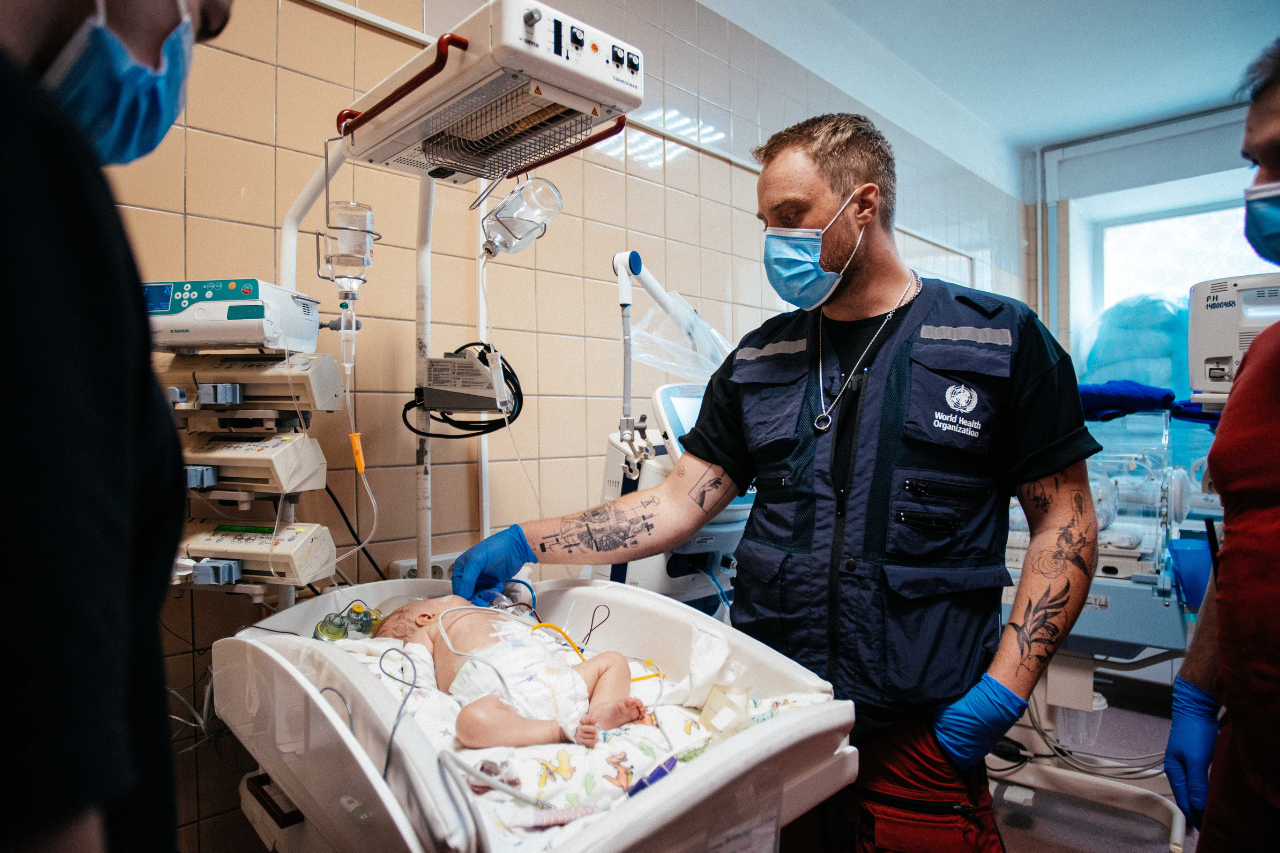Differentiated capacities and functions
Both WHO's Thirteenth General Programme of Work (GPW13) and Fourteenth General Programme of Work (GPW14) highlighted its strategic shift towards a differentiated approach to country support based on each country’s needs, domestic capacities, vulnerabilities and partner support. The WR-led work on country office strengthening is implementing this shift. The Core Predictable Country Presence (CPCP) initiative, as described in the country level capacities section, ensures that investments in capacities allow for WHO to meet the required support based on country needs, capacities and vulnerabilities. The CPCP fulfils a differentiated approach by:
- Placing different types of capacity in country offices, calibrating the extent of policy support, strategic support and technical support or field operations that is appropriate to the situation.
- Tailor-fitting staffing, whether international or local, based on capacities in countries.
- Establishing the number of core positions required in every country, based on the scale of the work required.
- Determining the type of positions depending on the level and kind of skills that are required, such as technical, leadership or management.
- Determining whether capacities needed are policy support, strategic or operational support.
The technical support from regional offices, subregional offices and headquarters will also need to shift to adjust to this approach in order to be more relevant, efficient and impactful.
The shift is increasingly being seen in the survey of country offices. Type A and B country offices report dedicating a higher proportion of their efforts to engaging in policy dialogue and providing strategic support, reflecting their focus on high-level policy engagement and technical advisory roles in countries with stronger health systems. In contrast, type D and E country offices report allocating more of their efforts to providing and coordinating service delivery, and providing the full range of technical support with emergency response, which is consistent with their mandates to provide direct implementation assistance and crisis response in more fragile settings.
In countries with stronger health systems (typology A and B country offices), WHO country offices dedicate a greater share of their efforts to high-level policy engagement and strategic advisory roles, helping to shape national health priorities through evidence-based dialogue. Meanwhile, in more fragile settings (typology D and E country offices), WHO’s presence is more hands-on. These country offices focus on direct service delivery, coordinating emergency response efforts and providing a full spectrum of technical support to strengthen health systems in crisis. Despite these contextual differences, a common thread runs through WHO’s work: providing technical expertise remains at the core, with country offices consistently dedicating around 26–37% of their resources to delivering evidence-based guidance. This adaptive, needs-driven approach ensures that WHO’s support remains relevant, responsive and impactful – wherever and whenever it is needed most.




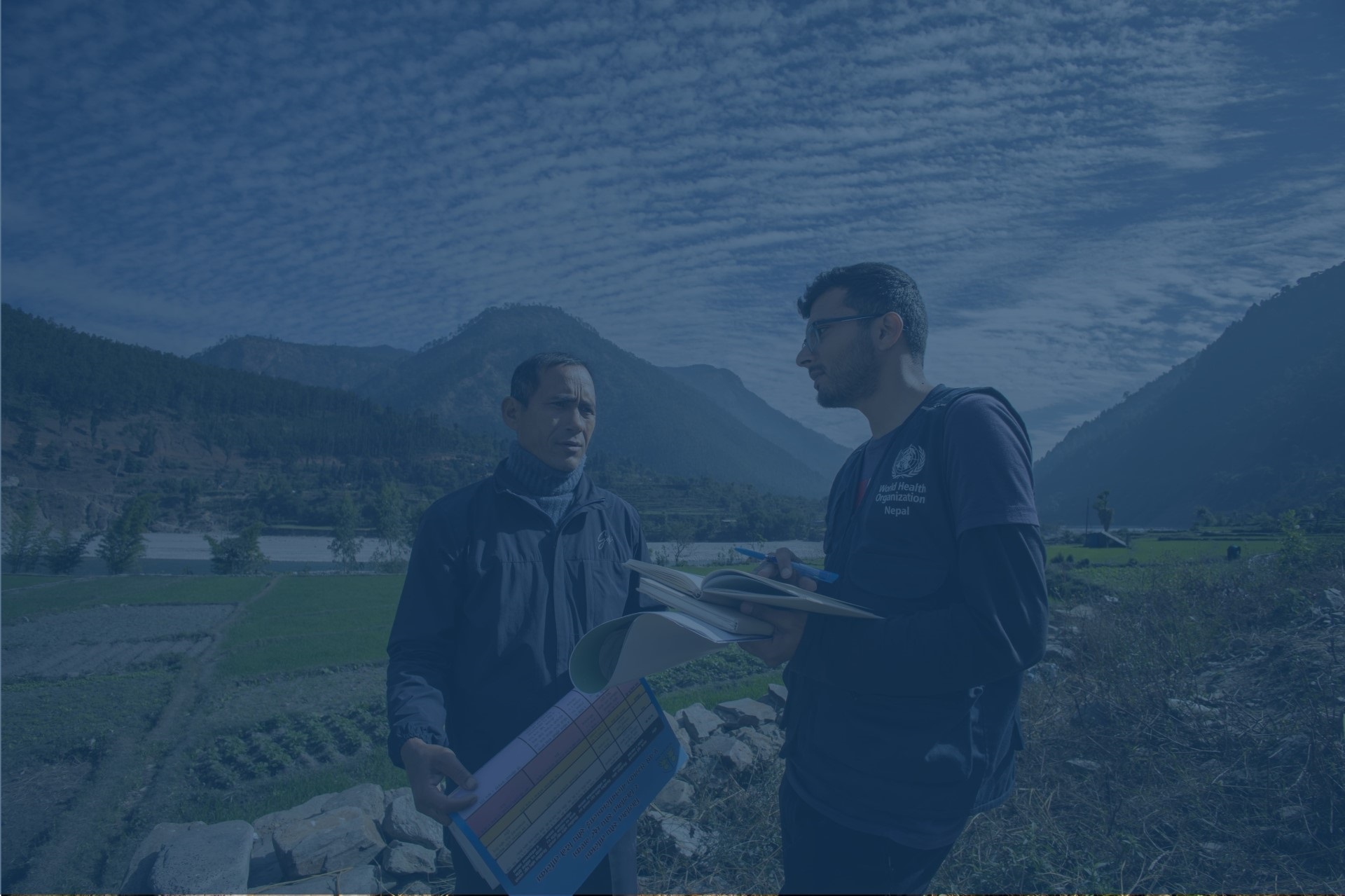





/data-and-analytics-(dna)/data-exchange-(dex)/baghdada-vaccination-against-polo.jpg?sfvrsn=b6284a76_7)

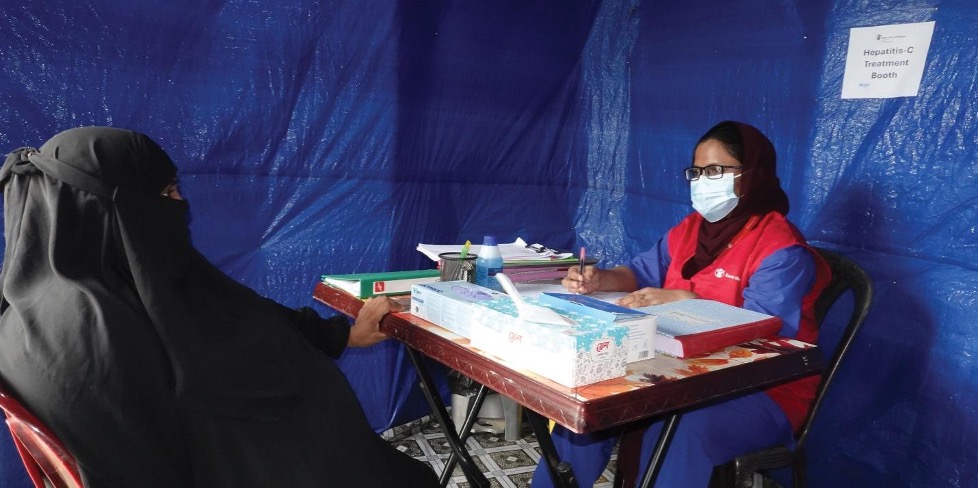
/data-and-analytics-(dna)/data-exchange-(dex)/joint-external-evaluation-team-cambodia.png?sfvrsn=29c63004_3)

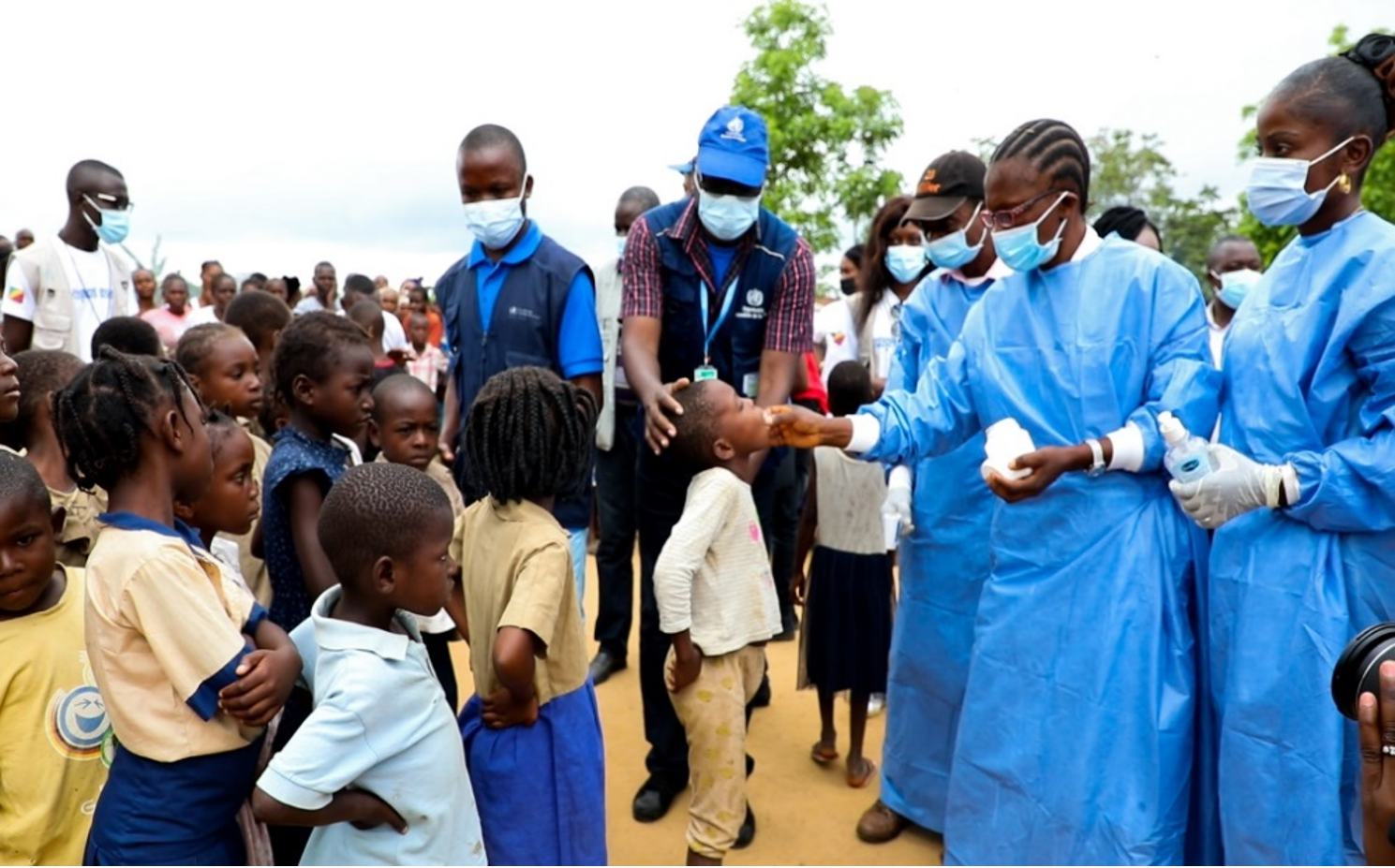

/data-and-analytics-(dna)/data-exchange-(dex)/smart-hospital-initiative-haiti.png?sfvrsn=73768c25_3)
/data-and-analytics-(dna)/data-exchange-(dex)/water-treatment-system-at-yen-thanh-district.png?sfvrsn=12547430_3)




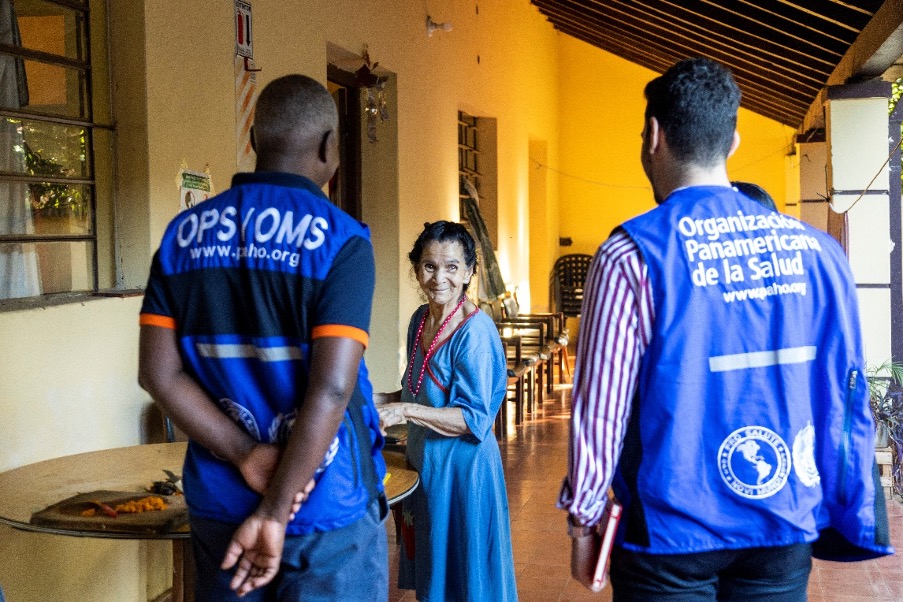


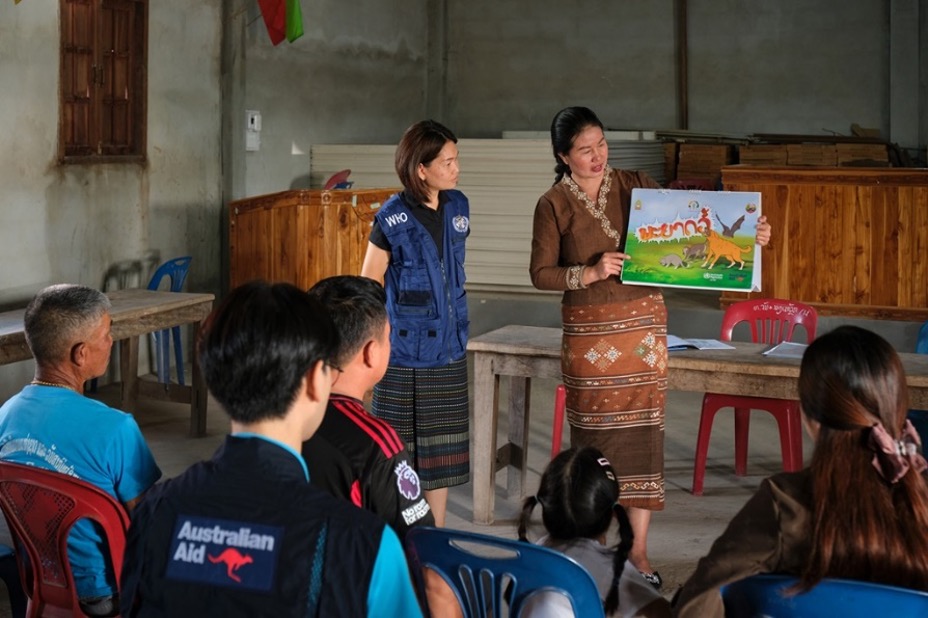
.jpg?sfvrsn=85f652b4_3)


